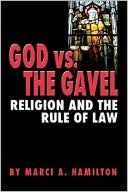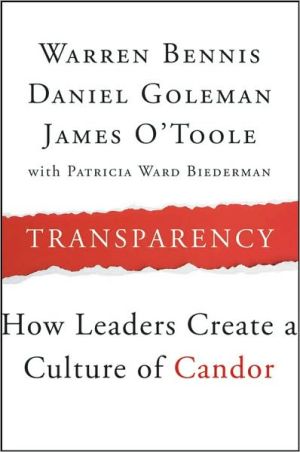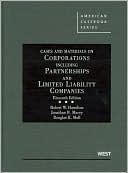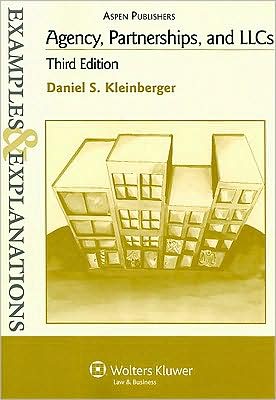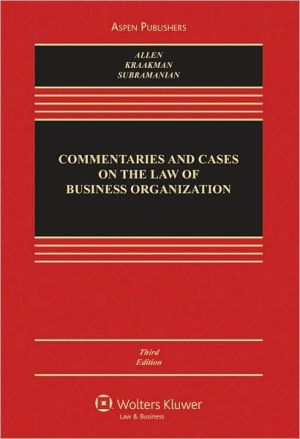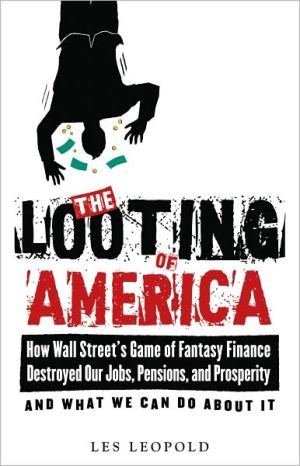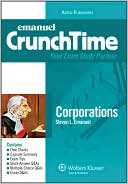God vs. the Gavel
Search in google:
This book challenges the pervasive assumption that all religious conduct deserves constitutional protection. Library Journal The legal principle Primum non nocere ("First, do no harm") trumps concern for individual religious liberty, argues Hamilton (law, Yeshiva Univ.) in this book. Na ve notions of the inherent goodness of religion, she claims, have led lawmakers and judges to turn a blind eye to the harms some religious groups and individuals inflict on society. Part 1 parades the dangers inherent in treating religious entities as exempt from generally applicable laws: unchecked sexual abuse by clergy, religious terrorists recruited in federal prisons, churches infringing on homeowners' property rights, and tolerance of religiously motivated discrimination. Part 2 spells out the historical trajectory that has stripped religion of special exemptions from the rule of law. Advocates of an expansive view of religious liberty will find this a dangerous book and will challenge both its historical analysis and its failure to examine its notions of "harm" and "public good." Nonetheless, Hamilton is predominantly compelling in her analysis of case law and writes with verve and well-tempered vehemence for the general reader. This book deserves shelf space at every library.-Steve Young, McHenry Cty. Coll., Crystal Lake, IL Copyright 2005 Reed Business Information.
Part I. Why the Law Must Govern Religious Entities:1. The problem; 2. Children; 3. Marriage; 4. Religious land use and residential neighborhoods; 5. Schools; 6. The prisons and the military; 7. Discrimination; Part II. The History and Doctrine Behind the Rule that Subjects Religious Entities to Duly Enacted Laws: 8. Boerne v. Flores: the case that fully restored the rule of law for religious entities; 9. The decline of the special treatment of religious entities and the rise of the no-harm rule; 10. The path to the public good.
